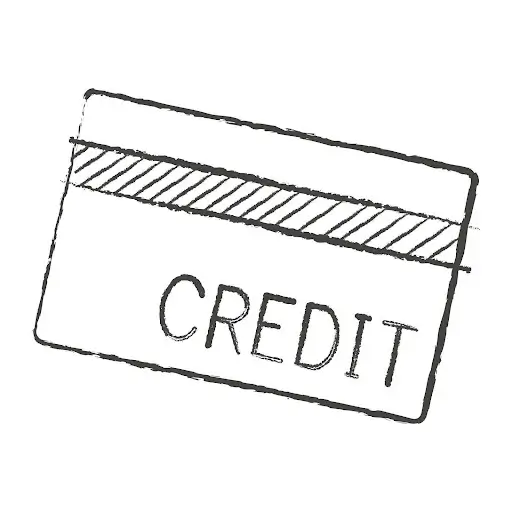What Is a Line of Credit? The Answer Matters More Than You Think
In a world saturated with buy-now-pay-later offers, microloans, and embedded finance APIs, the humble line of credit might feel like a relic. But make no mistake, it’s still one of the most powerful, flexible tools in personal finance.
The catch? Most people use it wrong, or worse, don’t really understand it.

Let’s break down what a line of credit actually is, how it works in 2025’s fintech-driven landscape, and why getting it wrong can cost you.
A Line of Credit in Plain English
At its core, a line of credit (LOC) is revolving access to funds. You’re approved for a limit—say $5,000, and you can borrow against it, repay it, and borrow again, as long as you stay within that limit.
It’s not a lump-sum loan. It’s not a credit card. It’s a hybrid that’s designed for flexibility.
Need to cover a gap between paychecks? Unexpected home repair? Medical bill due before payday? A LOC lets you pull exactly what you need, when you need it. Read another trending article, Still Tracking Loans on Spreadsheets.
Secured vs. Unsecured: Know the Stakes
Lines of credit fall into two broad categories:
- Secured: Backed by collateral, like a home equity line of credit (HELOC)
- Unsecured: Based on creditworthiness, no collateral needed
The risk and reward here are obvious. Secured lines offer better rates, but you’re putting something valuable on the line. Unsecured lines move faster but often come with higher interest rates.
Interest: You Only Pay for What You Use
One of the smartest aspects of a line of credit? You don’t pay interest on the full amount. Only the portion you borrow accrues interest. That makes it efficient if you’re disciplined.
The problem? Many users treat it like a credit card, borrowing freely and forgetting that repayment isn’t optional. Check out our comprehensive article on Machine Learning Is Quietly Rewriting the Rules of Finance for additional information.
Why the Line of Credit Is Still Relevant
In a fintech economy where cash flow is king and timing is everything, a line of credit provides an edge. Unlike fixed-term loans, it adapts. And unlike some BNPL options, it doesn’t rely on flashy UI to hide fine print.
A well-structured LOC gives you:
- On-demand flexibility
- Lower interest than many credit cards
- A chance to build credit when used responsibly
If you want a deeper understanding, start with this breakdown on what is a line of credit. Enhance your understanding by reading our in-depth post on Hedge Fund Performance Tech Is Broken.
The Common Pitfalls No One Talks About
Here’s where things go sideways:
- Using a LOC for everyday spending: This isn’t your new debit card.
- Ignoring repayment schedules: Just because it’s flexible doesn’t mean it’s casual.
- Treating it as “free money”: It’s not. It’s borrowed money with consequences.
Most people run into trouble not because the tool is bad, but because they misunderstand the terms, underestimate the interest, or forget there’s a cap.
Lines of Credit in the Fintech Age
Fintech platforms are reimagining LOCs to be more user-friendly:
- App-based approvals
- Dynamic credit limits
- Integration with financial wellness tools
The problem? Some platforms are so seamless they make borrowing feel invisible. That’s where the risk creeps in.
Transparency matters more than ever. Always read the repayment terms. Always know your balance. And never rely on automation to manage your responsibility.
Final Thought: Learn Before You Leverage
A line of credit is a tool. Used well, it can save you from emergencies, smooth out financial gaps, and build your credit profile. Used poorly, it can become an expensive habit.
So if you’re planning to open one, already using one, or just hearing the term for the first time, it’s time to understand what you’re really holding.
Because in today’s fintech world, clarity isn’t optional. It’s essential. You can visit Fintechzoom.com for more trending posts.




